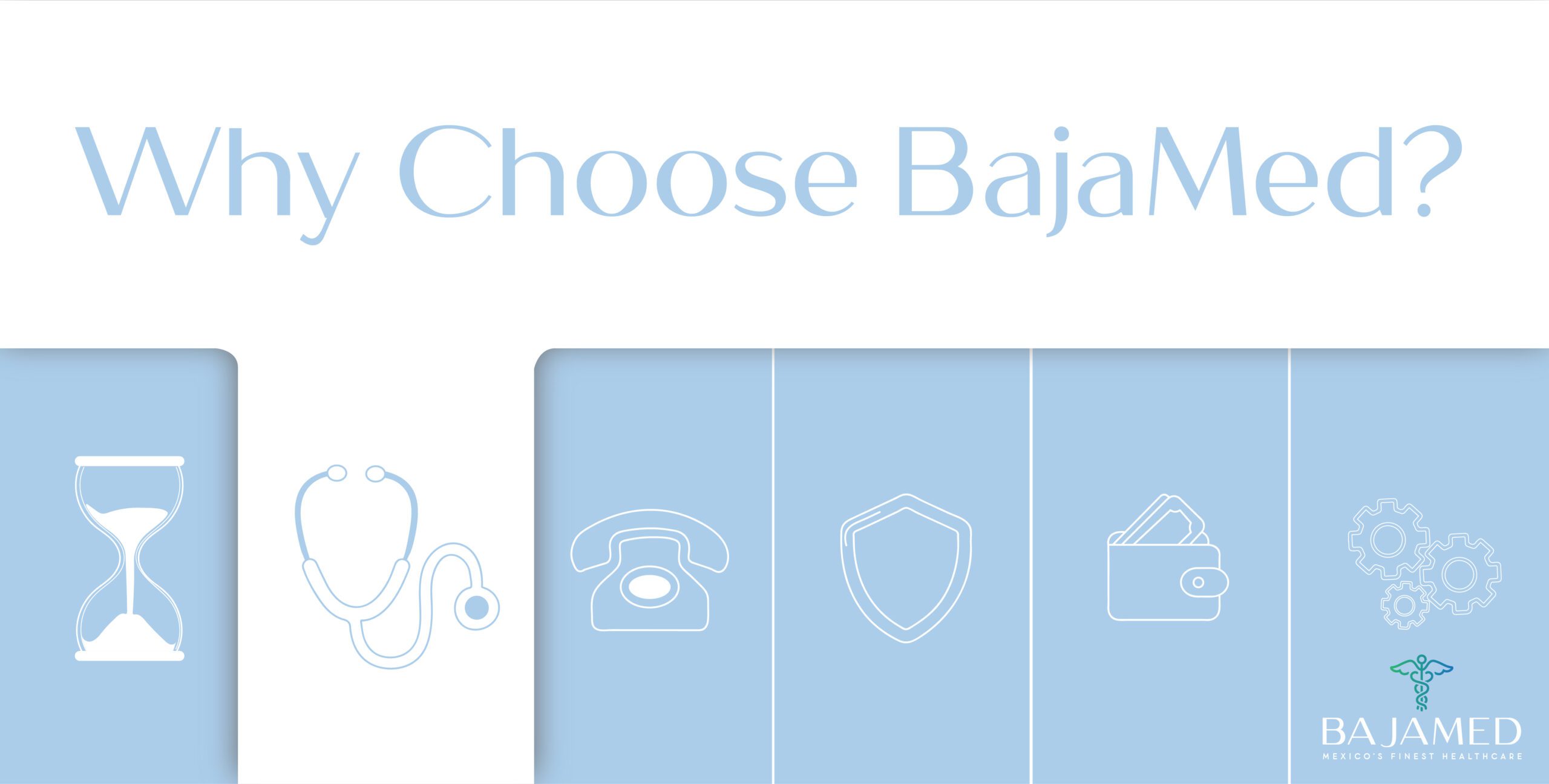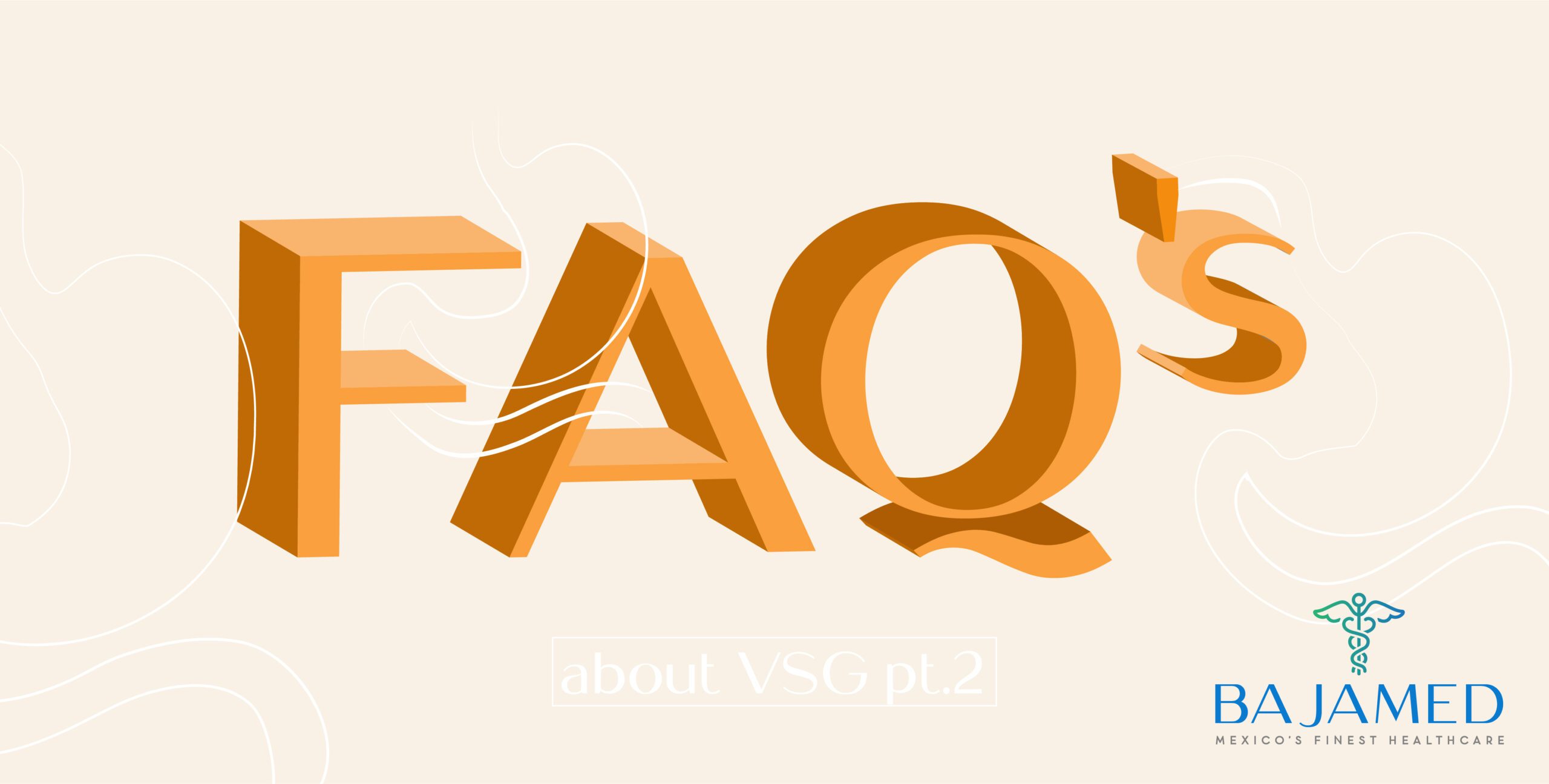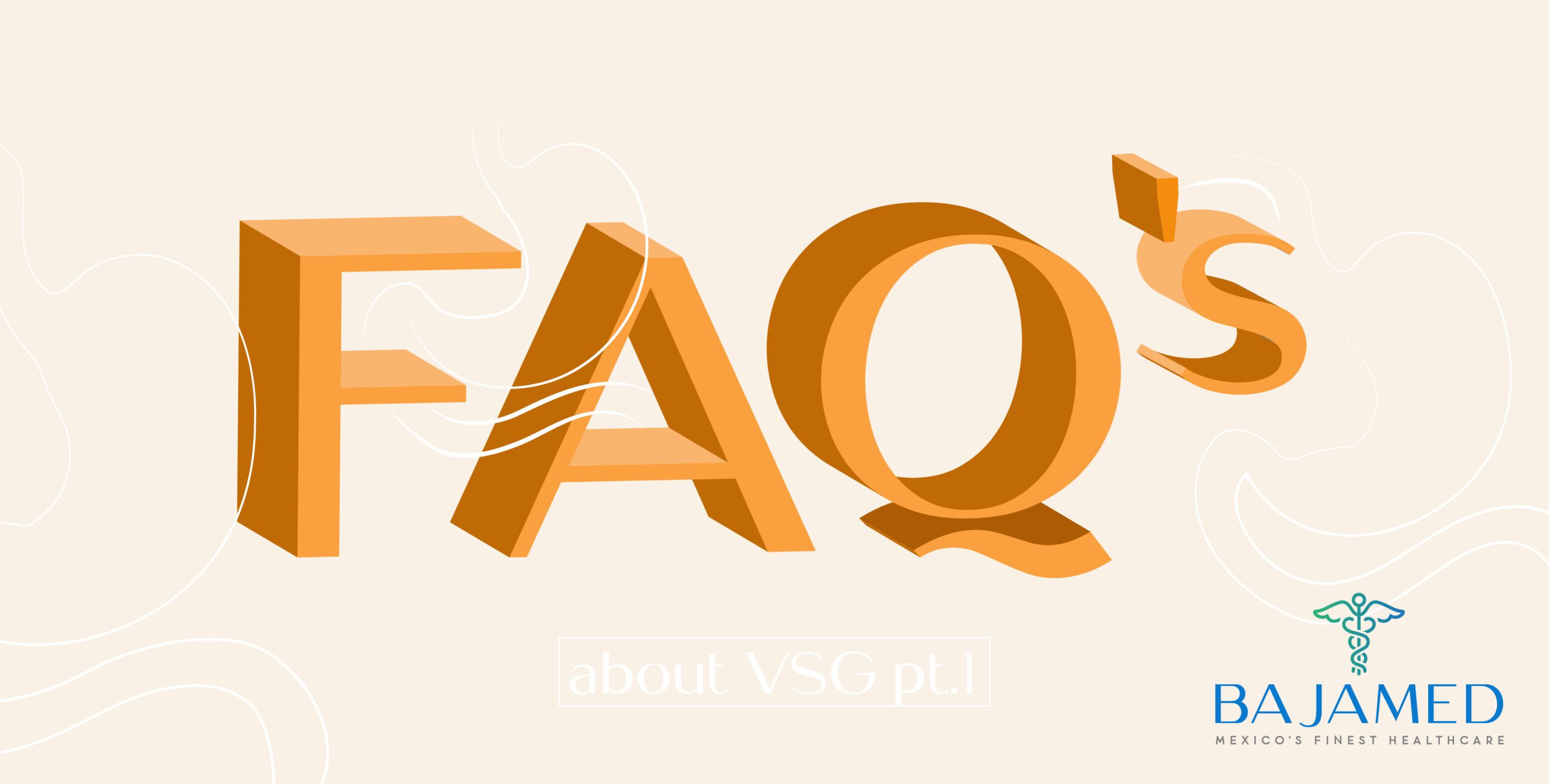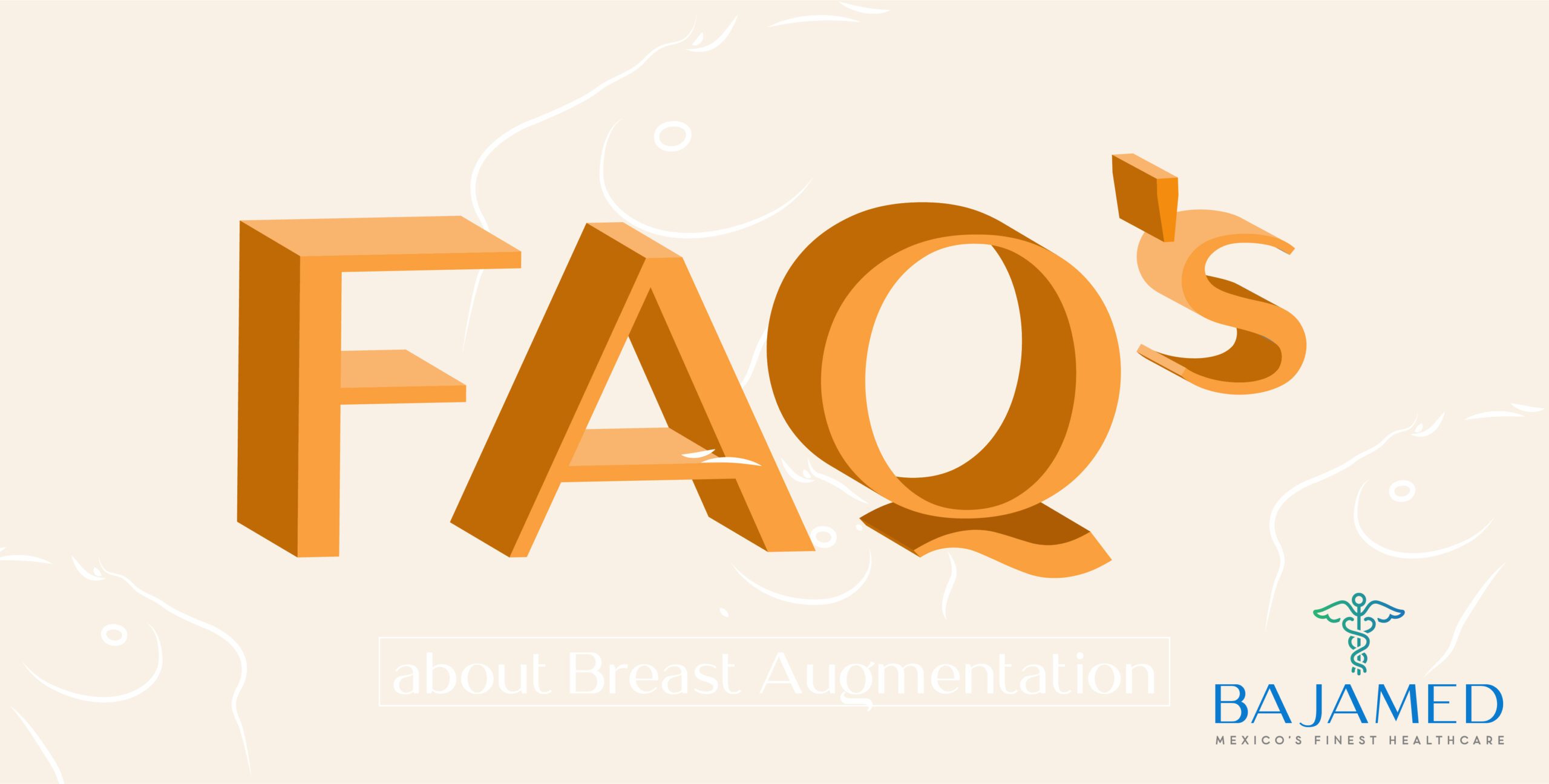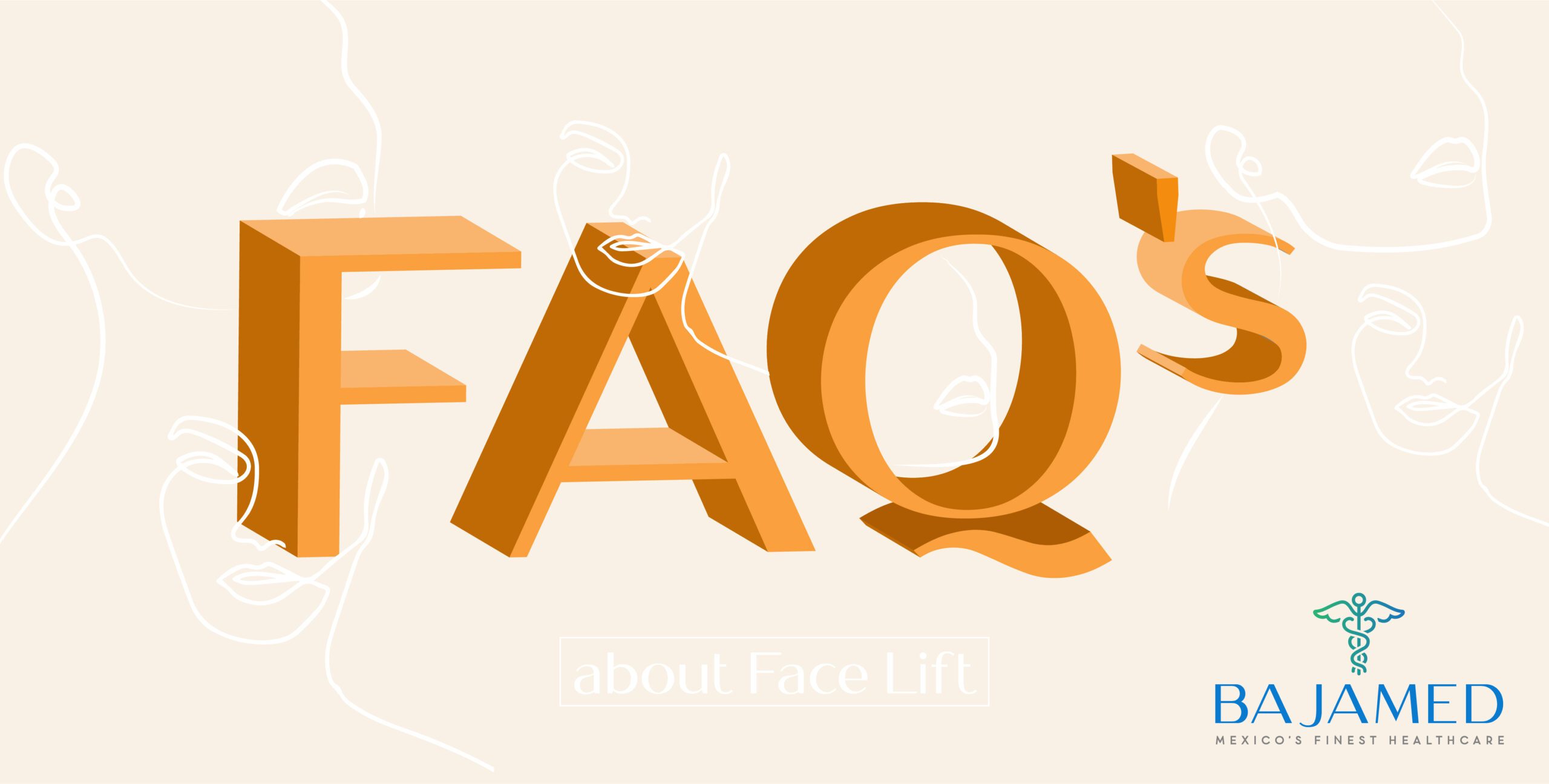
Most Frequently Asked Questions… Facelift
April is all about Facelifts! On this our fourth entry of our FAQ’s series we are answering all you wanted to know and if we don’t, our staff is ready to answer! via e-mail, text or in any of our Social Media, if you need a bit more specific questions feel free to ask for a free consultation with our medical Director
1.Why perform a facelift?
Gravity and aging take a toll on the structural components that give the face its structural integrity. As we age, our body loses the capacity to maintain these aesthetic features that give us a youthful appearance. Having a facelift can help you regain some of this structural integrity. As a result you will look younger and more radiant! You will be able to approach your everyday activities with more confidence and joyful- ness!
2. Am I going to look like someone else?
At BajaMed Group, our goal is to go for a more ‘natural’ look. Some patients want extreme results, while others want more conservative looks. We try to accommodate to all the different requests, but we ALWAYS recommend a more con- servative approach. This way, other people will look at you and will know you did ‘something’, but will probably not know what, exactly.
3. Will my incisions be noticeable?
Patients have different scarring mechanisms that are inherent to them. For this reason, we try to conceal the incisions as much as possible. The longer incisions are concealed in your hairline, while the others follow the ear lobe and are barely noticeable. The natural curvature of the ear will help conceal them even more.
4. What type of anesthesia is used?
You will be under a deep sedation that will ‘almost’ put you to sleep. This sedation will allow us to perform your surgery without putting you under general anesthesia (higher risk). Your anesthesiologist (not anesthetist) will be by your side at all times to be sure your vital signs are stable and to make sure you are ventilating (breathing) adequately. ALL of our patients have found this anesthesia to be comforting and much easier to recover compared to general anesthesia.
5. Is this surgery safe?
As in every surgical procedure, a certain amount of risk is involved. In order to minimize this risk, we do full medical consultations over the phone, a thorough cardiology evalua- tion, and a pre-surgical evaluation. In conjunction, this multi- disciplinary approach will make this a procedure that is of very minimal risk.
6. Will you tighten my facial muscles?
Yes! This will get rid of most of the sagging that gives the face a tired and aged look. This is where a “mini facelift” and a full facelift differ. With our technique we tighten a layer called the SMAS (sub-muscular aponeurotic system). This system, “envelopes” the muscles of facial expression. When the SMAS sags, your skin sags. Not addressing the SMAS will most likely yield a mediocre result, as in a mini facelift.
7. Will you cut the excess skin?
Yes! Again, cutting the excess skin will leave the face more taught and youthful looking. The amount of skin removed depends on the amount of sagging each patient has. We will only remove excessive amounts of skin. We will NEVER over tighten the skin. This can cause severe complication after the surgery.
8. Can you combine this procedure with a blepharoplasty?
Definitely! This is a very common practice. We actually recommend this to most of our patients. This will give you a very well rounded result. Having ‘tired- looking’ eyes with after a facelift makes the results look ‘less natural’.
9. Will I have absorbable sutures? When will they be re- moved?
While some surgeons use absorbable sutures for this procedure, we find that nylon sutures provide excellent tensile strength that promotes a superb recovery. Usually, these sutures are removed 8-10 days after surgery. If you combine your proce- dure with a blepharoplasty (eye lid surgery), these sutures are removed 4-7 days after surgery.
10. Will I have a drainage tube?
Although this is not necessary in there are some cases where this is a necessity. The reason lies in that the drainage will help your body get ‘rid’ of many inflammatory material and serous fluid that would otherwise accumulate under your skin. This slows down your healing time and gives you a bruised appear- ance that takes longer to heal. This tube is usually removed 24-48 hours after surgery, while you are under our direct care. Removal of the tube is not very painful.
11. Can you combine this with stem cell therapy (SCT)?
SCT has proven to be a great complement to many surgeries. When we combine SCT with a facelift, we have found the results to be amazing. We will extract your stem cells from either your tibia (bone marrow) or from your adipose tissue (fat). The cells will be harvested and treated and they will be injected in various sites of your face including incision sites and in the muscles and surrounding tissues located under your skin. This therapy shortens your recovery period and has shown very promising results. Ask our financial staff about this treat- ment.
12. How long will I have to stay there?
We recommend staying 4-5 days after surgery. This will allow us to keep a close look at you and to see you on a daily basis during your stay. You will be able to stay at one of our boutique hotels by the beach or in our wine country in order for this process to be as pleasing as possible. Our physicians will round on you on a daily basis regardless of where you stay.




